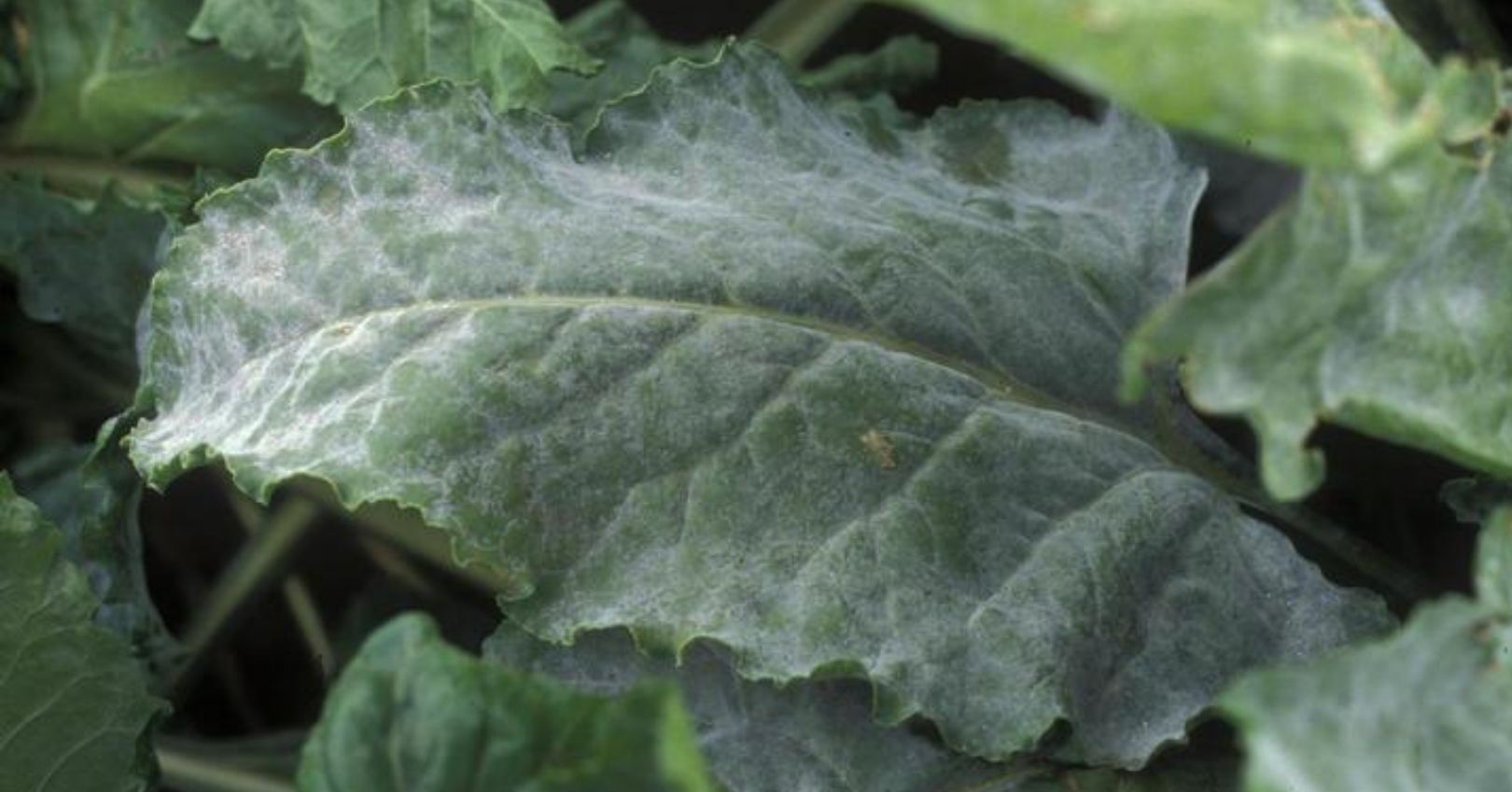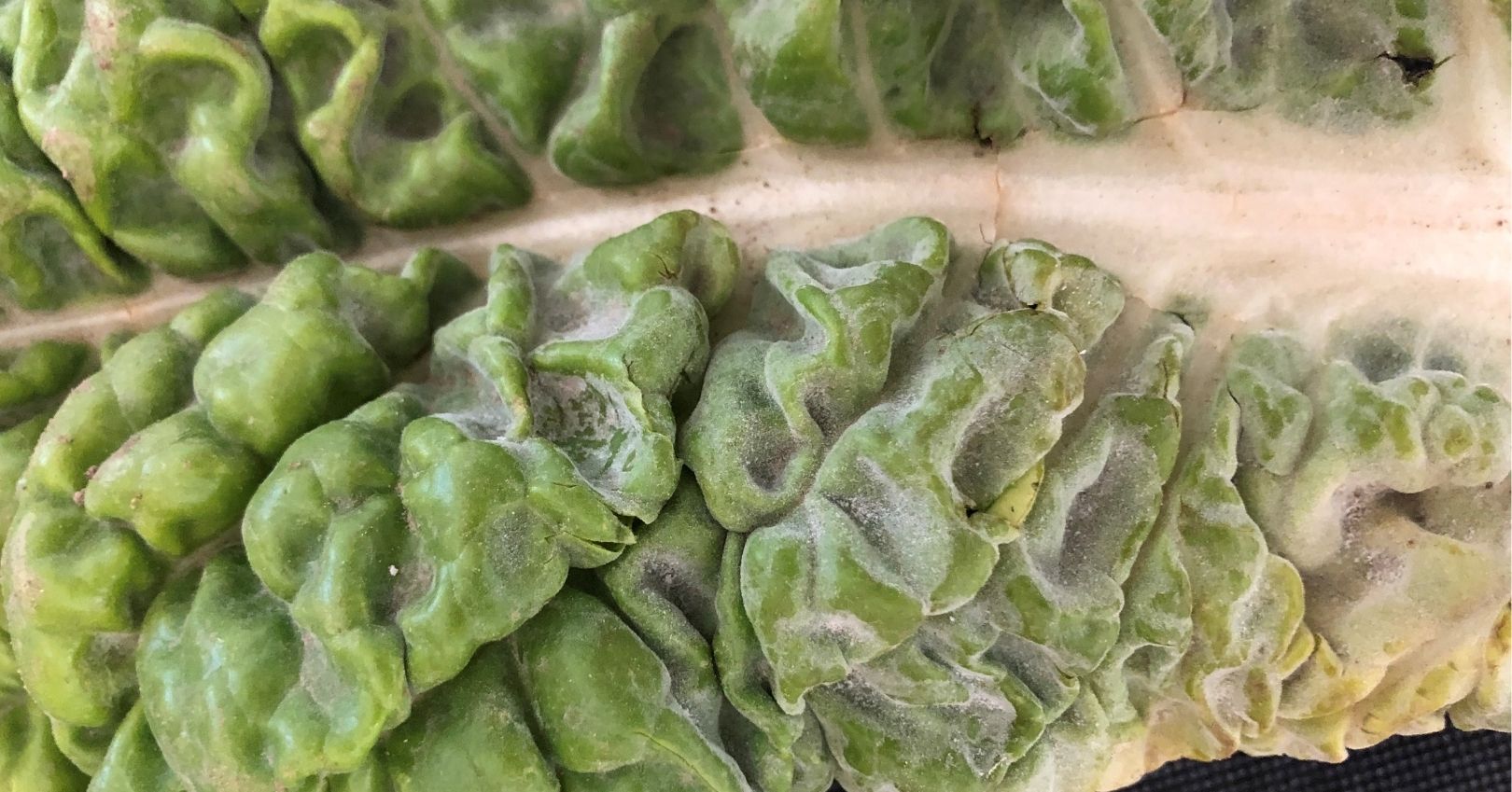Powdery Mildew


Casual Agent
Powdery mildew is a prevalent problem in beet production throughout the western United States. It is well adapted to semi-arid locations with warm, dry climates. The fungal species that causes powdery mildew on beets are Erysiphe polygoni and Erysiphe betae.
Symptoms
Small, circular white patches of mycelium appear on the undersides of older leaves. They spread rapidly throughout the foliage. Eventually, leaves may turn yellow and purplish-brown before completely dying off.
Disease Cycle
The conidia (asexual spores) of E. polygoni and E. betae are short-lived and unable to overwinter in northern Utah. Ascospores (sexual spores) produced later in the season can overwinter on plant debris. Also, the fungus is reintroduced annually from windborne conidia from the south. Germinating conidia produces hyphae that penetrate the epidermal plant cells allowing the fungus to continually grow mycelium covering leaf surfaces.
Management
Early detection is critical for good control.
- Balance irrigation. Too much surface irrigation may leave the soil saturated and increase humidity which allows the fungus to spread. Nevertheless, droughtstressed plants are more susceptible to plant damage.
- Plant resistant varieties of beets.
- Apply fungicide when first spots are detected.

